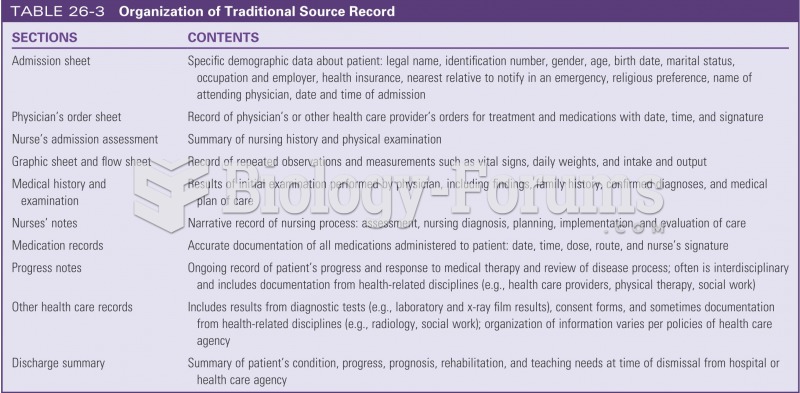|
|
|
Did you know?
The average office desk has 400 times more bacteria on it than a toilet.
Did you know?
Everyone has one nostril that is larger than the other.
Did you know?
Normal urine is sterile. It contains fluids, salts, and waste products. It is free of bacteria, viruses, and fungi.
Did you know?
Medication errors are three times higher among children and infants than with adults.
Did you know?
Never take aspirin without food because it is likely to irritate your stomach. Never give aspirin to children under age 12. Overdoses of aspirin have the potential to cause deafness.







